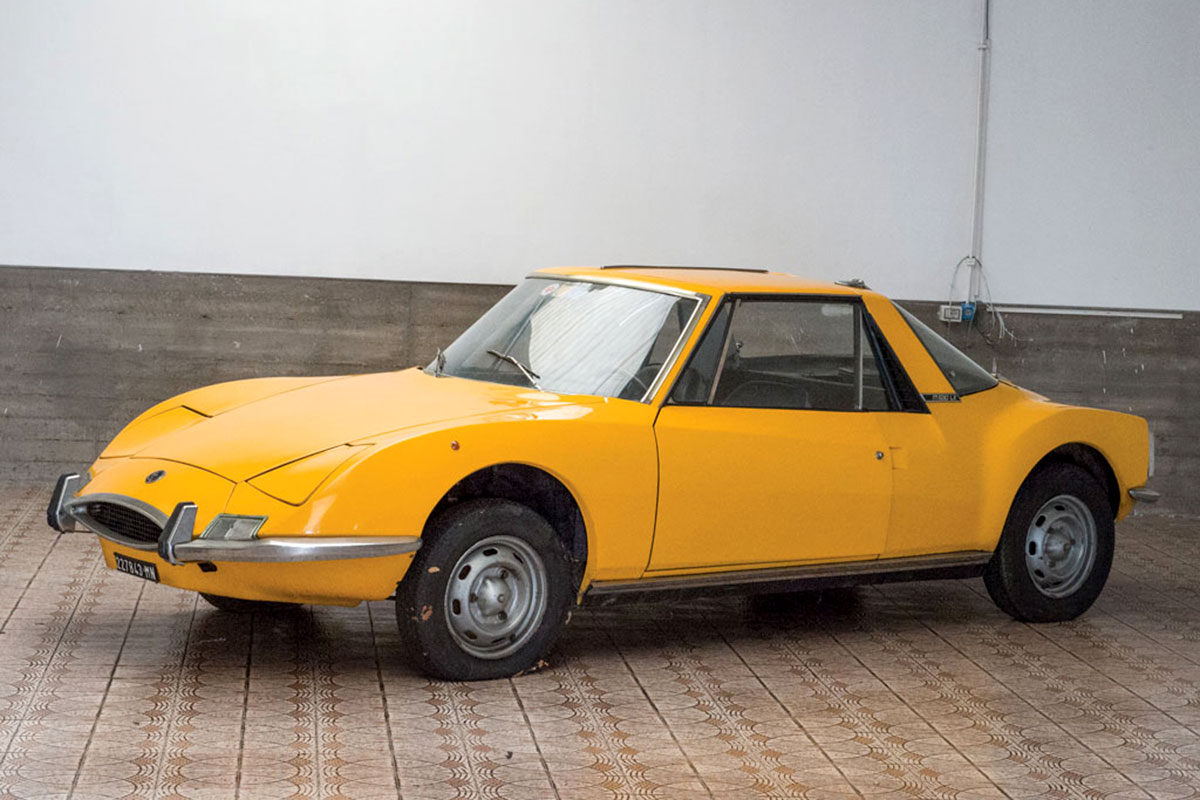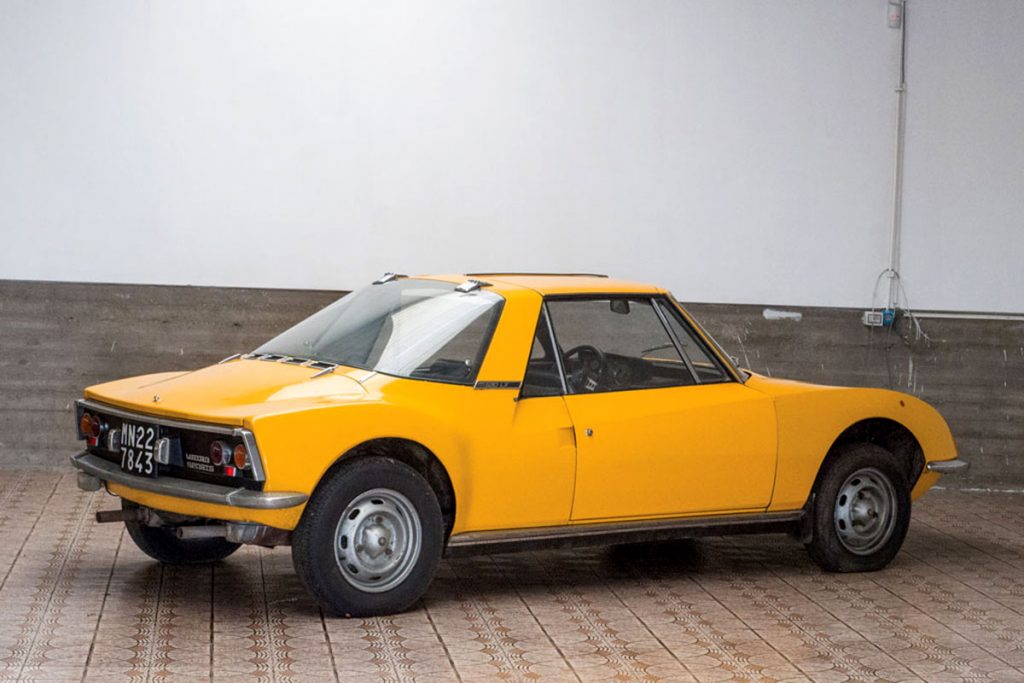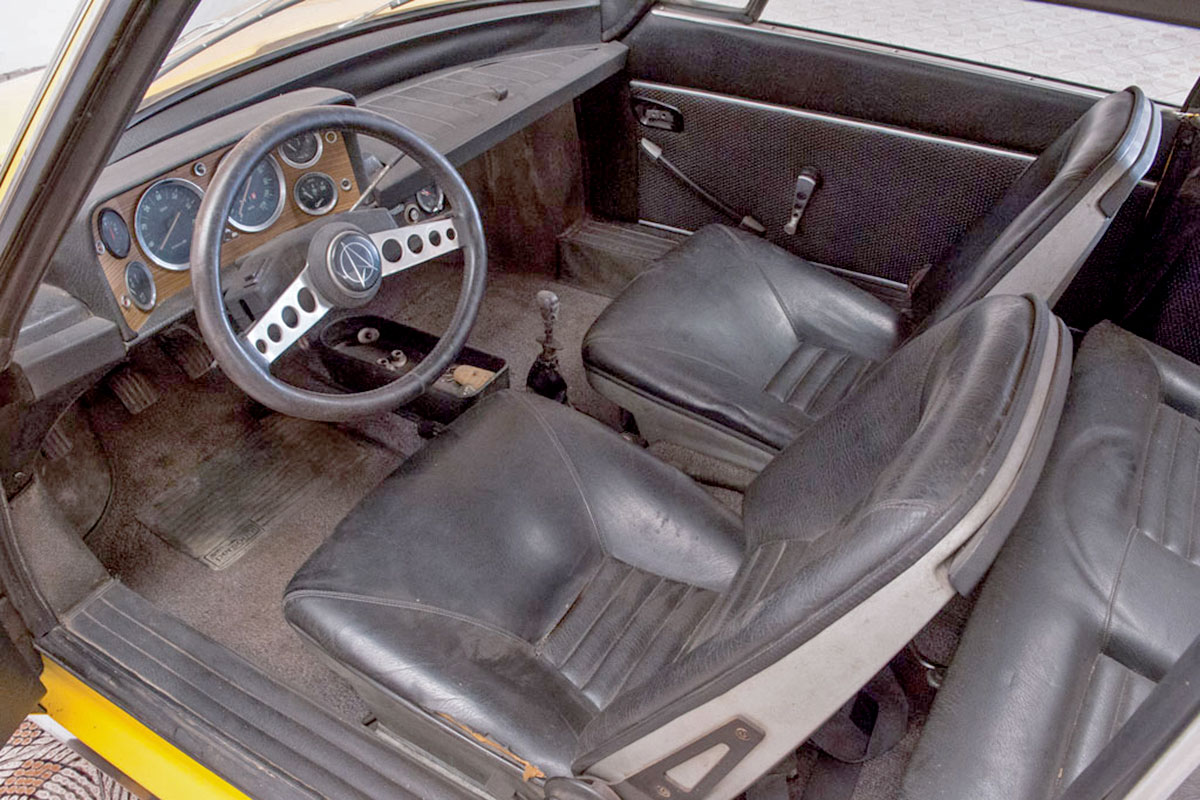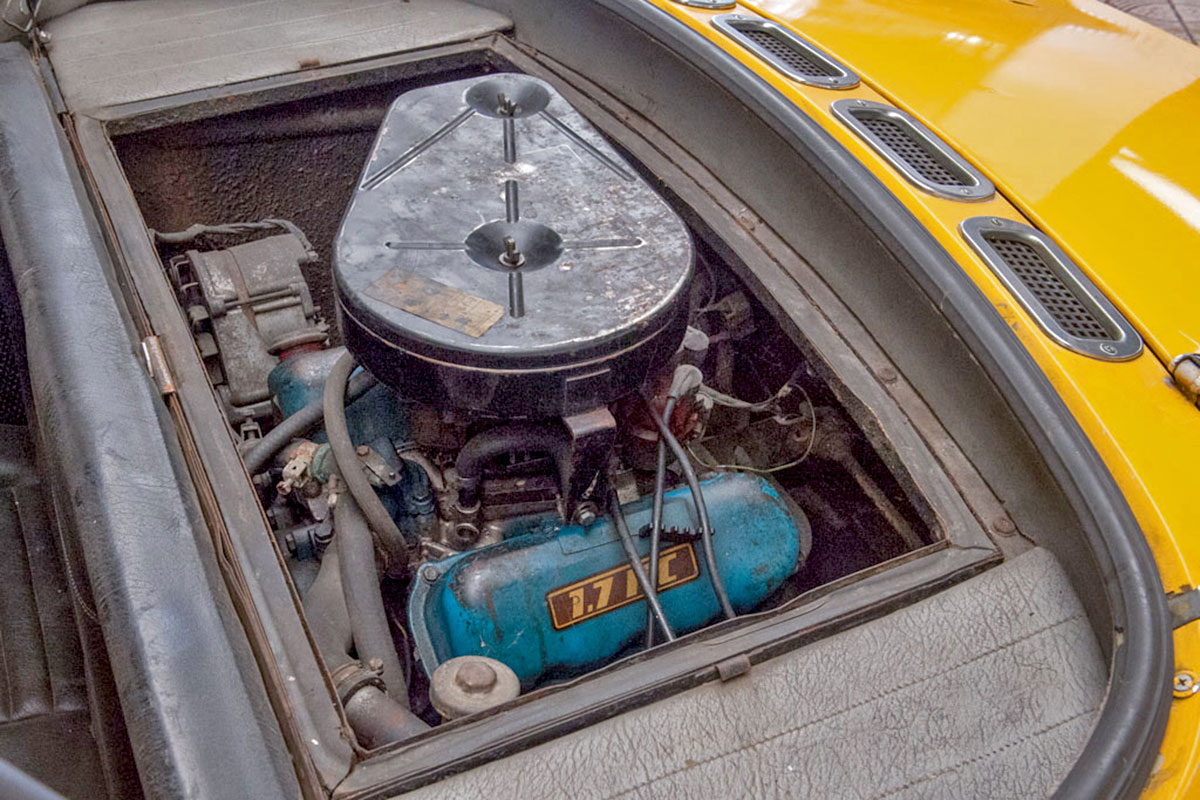We recently brought you the story of the world’s first production mid-engined sports car, the Matra Djet. In it we referred to that car’s successor, the Matra M530 – an equally obscure forgotten classic, which no doubt you’re desperate to know about after we mentioned it. No? OK, we’ll tell you anyway.
The man behind Matra was Marcel Chassagny, who set up an engineering and manufacturing company in the late 1930s, called CAPRA. During hostilities this would be renamed Matra (derived from the last bit of Société Générale de Mécanique Aviation-Traction), and once the war was out of the way the company would move into developing aircraft, rockets and weaponry.

Having started with 40 employees in 1946, by 1950 Matra employed 650 people, to build guided rockets and missiles. Within a decade there were 1250 people on the payroll, and the company reached a turning point in 1963, with the appointment of new managing director Jean-Luc Lagardere. His vision was to turn Matra into a multi-faceted conglomerate with a wide array of business activities. To that end, acquiring Automobiles René Bonnet in 1964 was just the start.

With the Bonnet Djet, Matra took on someone else’s project, but Lagardere knew that a clean-sheet design was desperately needed. Something that was built to a higher standard, better to drive and more refined. With no in-house designers or engineers, Lagardere poached a dozen or so from Simca, and gave them the brief to come up with a cheap sports car; something that French youths could buy in big numbers, to have some fun on a budget.
Within those Simca refugees was designer Phillippe Guédon, whose job it was to come up with something sleek, quick and affordable. The team was keen to use a BMW 2.0-litre engine mounted transversely above the rear axle, but this would have required a special transmission to be made, which would have bust the budget. Instead, a Ford Taunus 12M 1.7-litre V4 engine was chosen, helped by Ford France MD William Rieber committing to making such powerplants readily available.
By October 1965 the design had been settled and scale models started to be produced, and by April 1966 the first running prototype had been built. By this point the car also had a name: M530. One of Matra’s most highly regarded missiles of the time was the R.530, so it made sense to give this affordable road-going missile a similar name.

By September 1966 a hand-built prototype had clocked up 26,000 miles at an average speed of over 100mph, on the banked circuit at Miramas. Just a few months later the Matra M530 was unveiled to the public at the March 1967 Geneva Salon. Matra announced that it planned to build 25 cars per day; the true figure was initially just five, eventually rising to 12. The problem was the price tag; the M530 was supposed to sell for less than 10,000 francs, but 16,000 was nearer the mark.
The M530 was great to drive, with its lightweight fibreglass bodyshell; the entire car weighed just 935kg, so it was quick (around 100mph), agile, and frugal, with 30mpg easy to attain. Its pop-up headlights were ultra-modern and so was the targa roof – but they didn’t help to keep the price down.
In a bid to make the M530 more accessible, an updated car was released in autumn 1971, called the M530 SX. With a fixed roof and four fixed headlights perched on top of the bonnet, this pared-back model looked even more odd than the original, but the lower asking price wasn’t enough to tempt buyers, who tended to opt for a Lotus Elan or Jaguar E-type instead.


Production continued until 1973, by which point Matra had sold its automotive division to Simca-Chrysler, which was Chrysler’s European division. Unsurprisingly, the new owner wasn’t keen to produce a car powered by an engine made by its biggest rival, so as soon as the contract was signed the M530’s days were numbered.
By the time the final Matra M530 was built, the production tally was 9609, all built with left-hand drive and the Ford 1.7-litre engine; 1146 of these were the cheaper M530 SX edition. What came next was equally fascinating: the Matra-Simca Bagheera with its three-abreast seating, which we’ll tell you all about in the near future.
Read more
Cars That Time Forgot: Matra Djet
Le Mans-winning Graham Hill Matra sells for £4.4m
How will you do in our fiendish French car quiz?







